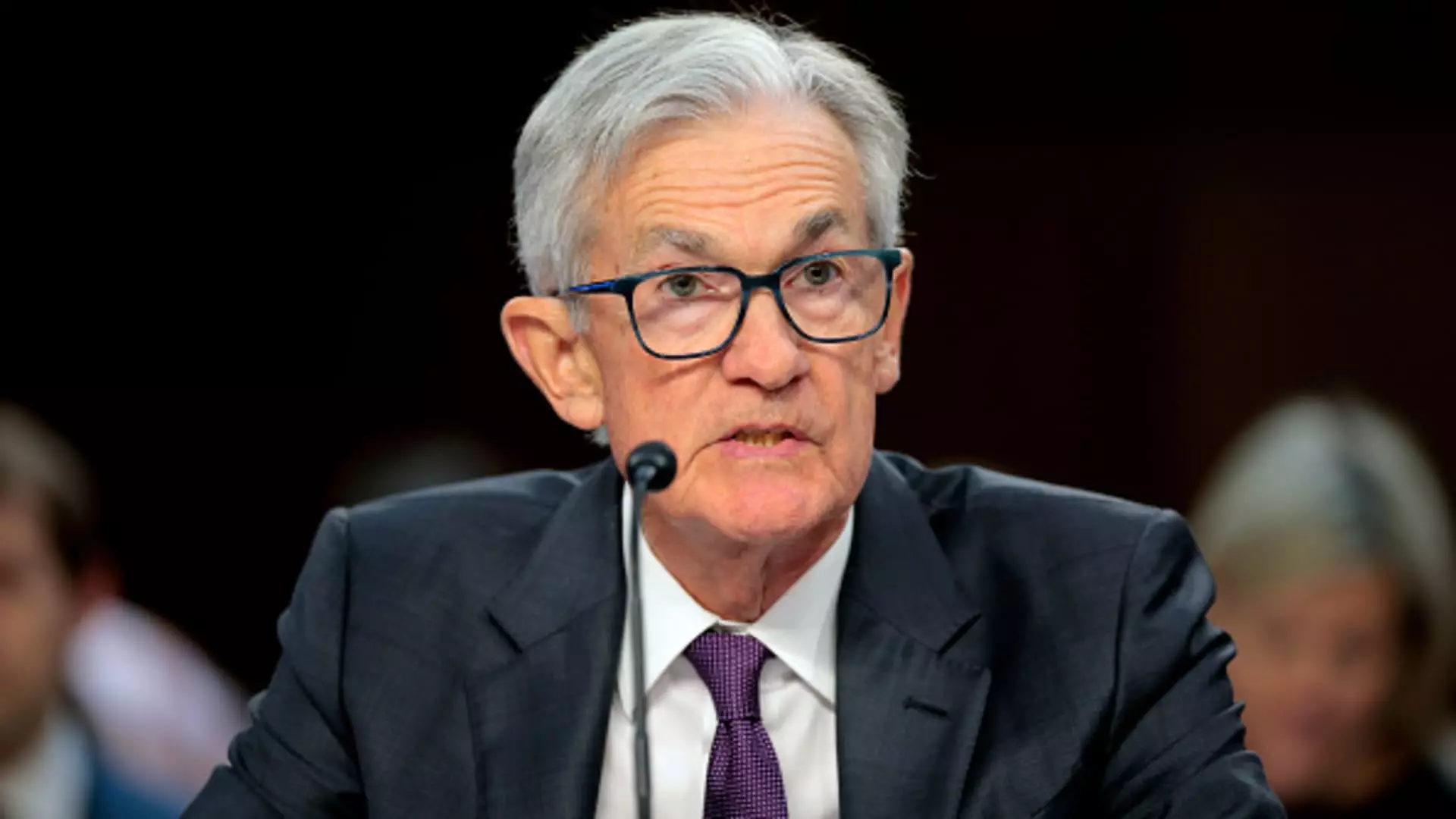Recent polling from the March CNBC Fed Survey reveals a transformative shift in the economic outlook of professionals, with the risk of a recession being marked at a concerning 36%. This alarming statistic represents a significant rise from just 23% earlier in the year, indicating a collective anxiety among analysts, fund managers, and strategists regarding the US economy’s trajectory. This sentiment is not just a fleeting moment of gloom but signifies something deeply unsettling on the horizon, primarily influenced by the fiscal policies inaugurated during the Trump administration. The optimism that briefly followed Trump’s election seems to have eroded, leading many to reconsider their previously rosy predictions.
Economic agents used to focus on inflation as the primary threat, but now express grave reservations over tariffs and trade relations as pivotal factors endangering growth. Barry Knapp from Ironsides Macroeconomics succinctly encapsulates this mood: investors increasingly feel that the administration’s trade policies have derailed the economy, leading to fears that the risks could escalate into something more detrimental than a simple slowdown—a complete recession.
The Merope of Fiscal Policies
One cannot help but draw attention to the unprecedented policy volatility cited by economic experts. It’s as if investors are navigating a fog of uncertainty compounded by unpredictable tariff strategies. The latest survey shows a notable downturn in GDP forecasts, with estimates slashed from 2.4% to a mere 1.7% for the year 2025. Even the faith in recovery appears shaky, as projections for 2026 suggest only a slight resurgence back to 2.1%. This downward revision serves as an ominous signal: the foundations of the economy may be crumbling under the strain of misguided policies rather than merely experiencing some temporary turbulence.
Neil Dutta of Renaissance Macro Research voices deep concerns about consumer spending, noting systemic risks in a frozen housing market and diminished local government expenditures. With the economic landscape looking bleak and vulnerable, these factors intertwine to create a complex web of threats that could send the economy spiraling. It begs the question: are we witnessing the gradual onset of an economic malaise that could have been avoided through coherent and stable fiscal governance?
The Fed on Unstable Ground
The role of the Federal Reserve becomes increasingly challenging in this climate of uncertainty. With over three-quarters of survey respondents predicting at least two interest rate cuts this year, the Fed may have to act against better judgment. The muddled political landscape leaves the Fed stuck between a rock and a hard place, exacerbated by rising tariffs and slowing economic growth. The dilemma confronts Fed Chair Jerome Powell: cut rates and risk inflation if tariffs are lifted, or maintain rates and potentially allow the economy to fall into recession?
The conflicting viewpoints surrounding tariffs highlight the complexity of the situation. While two-thirds of respondents view tariffs as a catalyst for temporary price hikes, 70% believe they ultimately hinder growth, jobs, and inflationary pressures. The overwhelming consensus suggests a narrative of adverse effects stemming from aggressive trade stances—an unshakeable reality that the administration appears unwilling to confront.
A Broader Economic Dichotomy
Its apparent that the tariff-heavy approach adopted by the current administration has sown seeds of discontent among economic professionals. The debate on their impact is polarized—some believe they may lead to greater manufacturing output while others remain skeptical about their efficacy. However, the larger picture reveals a significant concern for the economy: a potential global trade war exacerbated by erratic government job cuts, stringent immigration policies, and a climate of bureaucratic dysfunction.
Mark Zandi, chief economist at Moody’s Analytics, paints a dire picture: these compounded threats could plunge what was once a thriving economy into recessionary territory. The chasm between potential growth and looming recession grows ever wider, eliciting a pressing need for strategic policymaking grounded in stability rather than chaos. It’s time for stakeholders to acknowledge these risks head-on and pivot toward strategies that promote sustainable growth and restore confidence in the US economic landscape. This shift is crucial not only for today’s economy but for future generations who will inherit the consequences of current fiscal decisions.


Leave a Reply